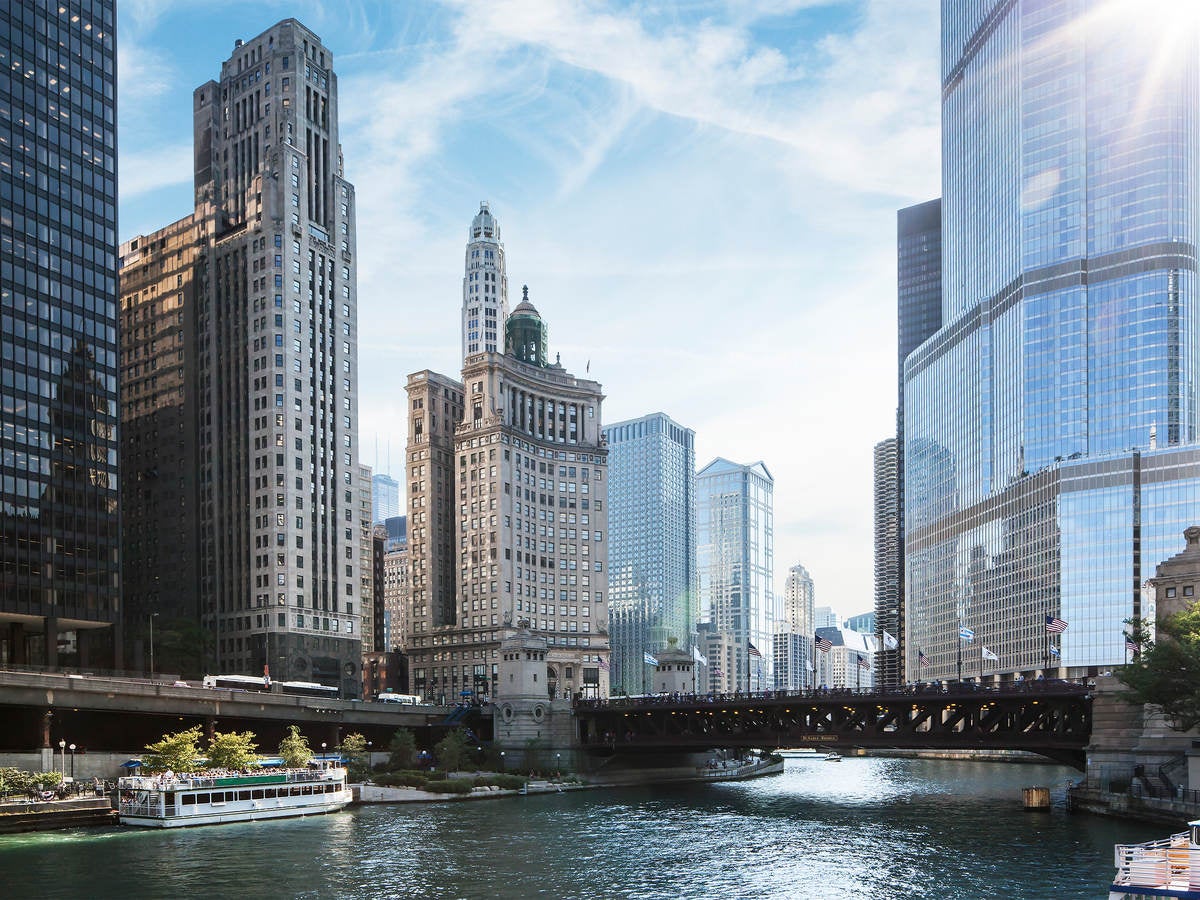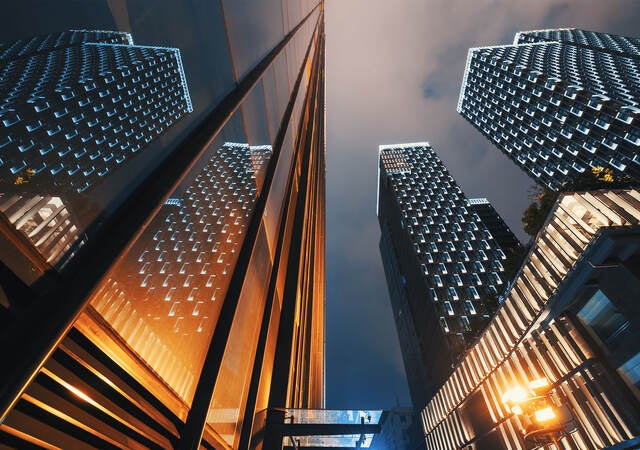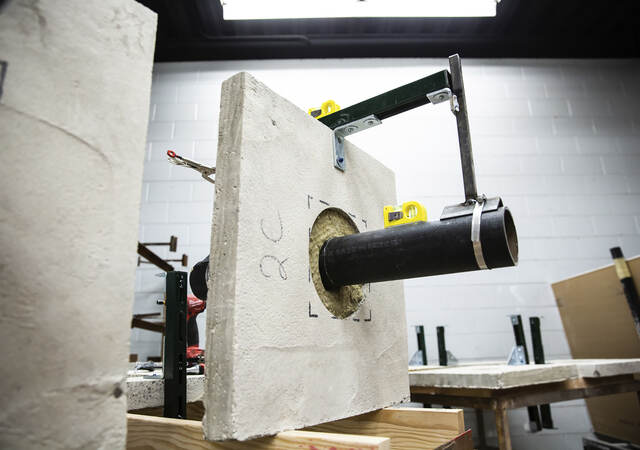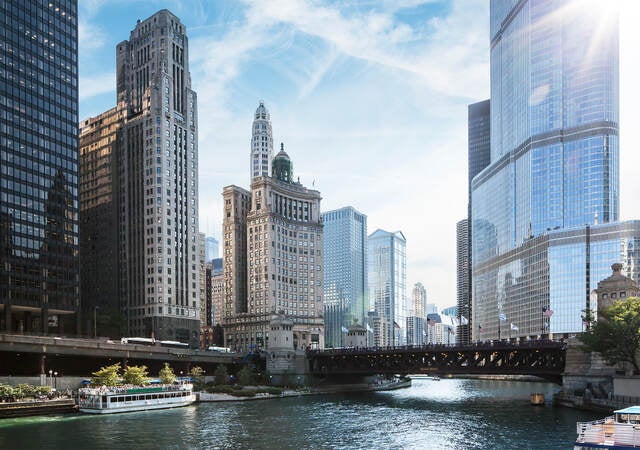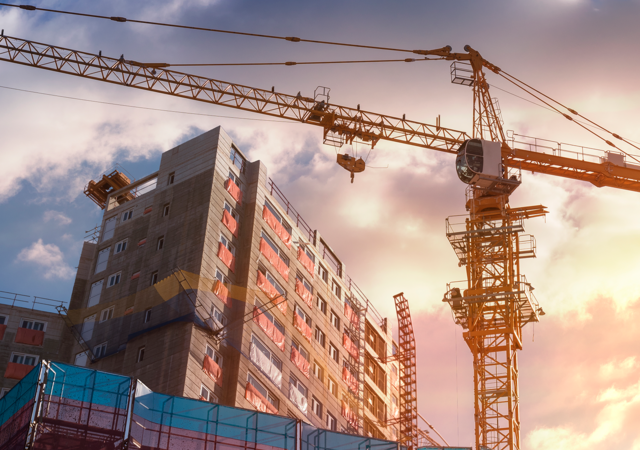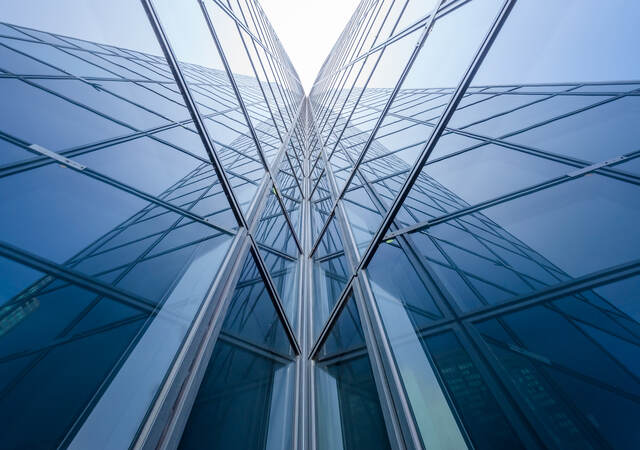The built environment industry is transforming faster in recent times, as the COVID-19 pandemic changed how the construction industry does business. New technologies and practices, stricter safety and security regulations will continue to bring challenges to industry professionals. Construction industry trends will bring rapid changes in global markets.
This on-demand virtual event features informative sessions given by UL Solutions safety experts on a range of topics impacting the built environment, safety and security. Hear what UL Solutions safety experts have to say about:
- Everything you need to know about UL Solutions' smoke detection testing and new laboratory design (Chinese subtitles available)
- Comparing Antifreeze Solutions in Fire Sprinkler Systems
- Battery Energy Storage Hazards for the Built Environment
- UL Solutions Collaborates With IBHS for Testing for New Shingle Performance Ratings
- Innovative Approaches for Integrating Fire Suppression and Detection to Protect Lives and Property (Chinese subtitles available)
- UL Solutions' Lightning Protection Services and Fire Barrier Management
Learning objectives
Gain insights into the built environment and fire safety
Speakers
Dr. Tanya Brown-Giammanco, managing director of research, South Carolina Wind and Hail Underwriting Association hail chair, IBHS
William Makant, founder and chief engineer , Plumis
Manuel R. Silva, chief engineer and fellow for the Johnson Controls Fire Suppression Products business
Dwayne E. Sloan, director, principal engineering, UL Solutions
Kerry Bell, principal engineer, UL Solutions
Allan Sanadrin, principal engineer, UL Solutions
David Mills, principal engineer, UL Solutions
John Divelbiss, laboratory manager, UL Solutions
Kerry M. Bell, P.E., principal engineer and corporate fellow, UL Solutions
Jeff Hebenstreit, principal engineer and distinguished member of technical staff, UL Solutions
Alex Klieger, research engineer, UL Solutions
Christopher Carlson, lead field engineer, UL Solutions
Mark St. Onge, field engineer, UL Solutions
Webinar date
August 31st to September 2nd 2021
Everything you need to know about UL Solutions' smoke detection testing and new laboratory design (Chinese subtitles available)
UL Solutions' new smoke detection test laboratory design has improved smoke test repeatability, added new data acquisition systems for smoke particle measurement, reduced test setup time and reduced time between tests, along with a seamless customer interface for data acquisition and data streaming. UL Solutions experts discuss how an integrated approach to laboratory design affects smoke detector testing and improves our customer’s experience. The webinar also covers smoke particulate control, smoke measurement, data acquisition and the customer experience.
- A robust HVAC conditioning system maintains thermal stability within the test cell and, in most cases, will keep the cell at required environmental conditions during exhaust, limiting time for preconditioning between tests
- Laboratory technician interface and controls
- New software developed for full automated control of test equipment allows technicians to take control and alter most of the fire test as needed to maintain required smoke buildup profiles
- Data acquisition and data transfer for customers
- Most of the test cell information is visible on the user screen; all test cell information is logged to files for every test, allowing for trend tracking and troubleshooting
- Live data streaming of smoke-measuring equipment information that direct-to-customer interface computers allow for alignment between device data and room data
Comparing Antifreeze Solutions in Fire Sprinkler Systems
In 2009, a fire incident in Truckee, California, raised concerns regarding the ignitability and combustibility of high concentrations of antifreeze solutions used in sprinkler systems for more than 60 years. The research covered by this presentation was undertaken to develop data and information to better understand the ability of certain glycerin and propylene glycol antifreeze solutions to effectively control a fire in a light or ordinary hazard occupancy when discharged from a standard spray sprinkler. Data generated from this research included information on temperatures measured at the ceiling and a determination of the number of operated sprinklers during specific fire scenarios.
- The history of antifreeze and NFPA standards
- Legacy solution research
- Recent UL research
- Current listing requirements and limitations
Battery Energy Storage Hazards for the Built Environment
As the need for energy storage expands, lithium-ion batteries are becoming more present in the built environment. The scale of battery applications ranges from personal devices to energy storage systems intended to power an entire building. When lithium-ion batteries experience thermal runaway, they generate heat and sparks as well as both flammable and toxic gases, which can create fire and explosion hazards that challenge the built environment.
- Hazards of lithium-ion batteries and associated field incidents
- Basic code requirements of NFPA 855
- Structure and testing requirements for UL 9540A
UL Solutions Collaborates With IBHS for Testing for New Shingle Performance Ratings
The Insurance Institute for Business and Home Safety (IBHS) recently applied their scientific knowledge of hailstone composition, study of field data and laboratory research to develop a new test protocol. The objective of the new protocol expands on test methods such as UL 2218, FM 4470 and FM 4473 to a test that does factor in damage, including denting and granule loss. This is because this type of damage can often lead to major insurance claims. To mitigate these losses and better serve the roofing industry, UL Solutions and IBHS collaborated to increase manufacturer access to testing for the IBHS Impact Resistance Test Protocol for Asphalt Shingles.
- History of impact resistance and roofing testing in UL 790, UL 2218, and UL 2218A
- IBHS’s research path for impact testing and evaluating hail damage
- UL Solutions' role in testing to the new IBHS protocol
Innovative Approaches for Integrating Fire Suppression and Detection to Protect Lives and Property (Chinese subtitles available)
The concept of suppression and detection systems working together to protect lives and property is not a new subject. However, in recent years, companies such as JCI and Plumis have developed water-based fire suppression protection schemes that incorporate innovative approaches to integrating detection and suppression to provide for effective fire protection for some specific end-use applications. Join us for a discussion with industry leaders as we discuss examples of these innovative technologies as well as UL’s approach to investigating the safety associated with using these systems.
- Learn how detection and suppression is evolving
- Discover new technologies recently developed or under development by JCI and Plumis
- Understand how UL addresses this new technology’s safety aspects
UL Solutions' Lightning Protection Services and Fire Barrier Management
Once a building has been constructed, the installation of critical building systems must be done properly. Two common areas include systems for lightning protection as well as for barrier management and the maintenance of passive fire protection products.
UL Solutions' lightning protection and barrier management systems are intended to focus on the installation, care and maintenance of critical building systems and help bridge the gap between laboratory certified products and the use of products in the field.

